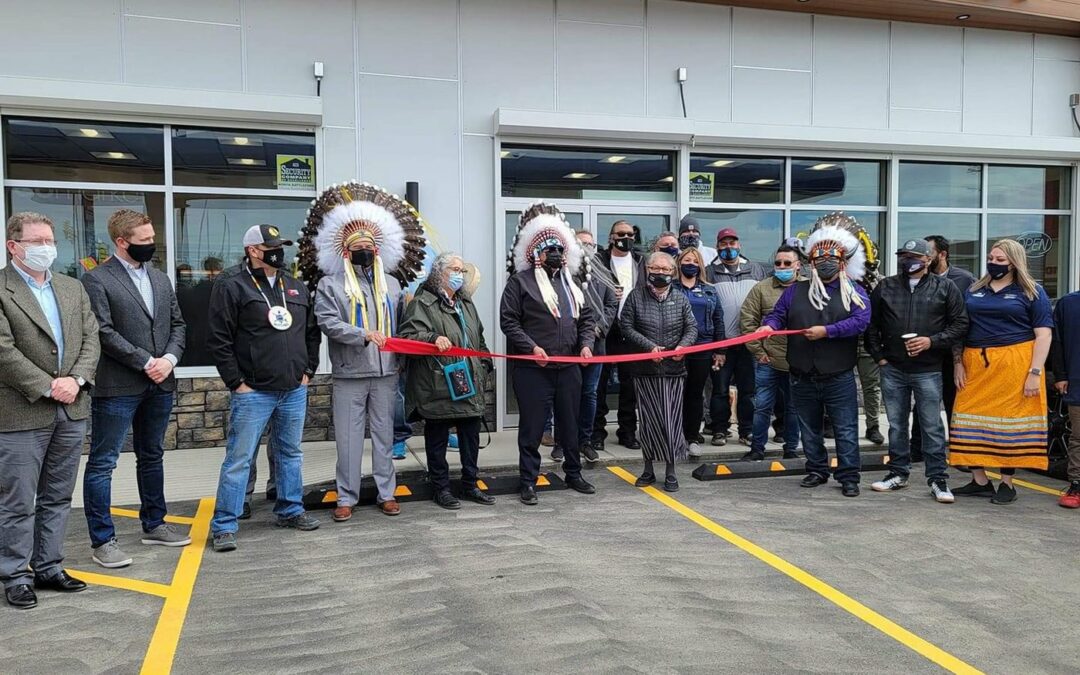When Thunder Farms started to make gains as a fully Indigenous-owned farm northwest of Battleford, Sask. three years ago, limited funding options were available.
Communications and training resources are essential for grant applications to access government funding incentives for Indigenous entrepreneurs.
“We had to invest in ourself. There was a lot of apprehension from big companies to help us, like banks,” said Thunder Farms manager Derrick Meetoos.
Federal Minister of Small Business Rechie Valdez recently announced $500,000 for the Canadian Council for Aboriginal Business to support Indigenous entrepreneurs. Specific Indigenous entrepreneurship incentives are also supported by the government through programs like the Women Entrepreneurship Loan Fund.
The funds are meant to increase Indigenous economic self-determination, part of the federal government’s commitment to renewing and improving relations with Indigenous peoples.
Bridging that gap requires efficient and consistent communications between government, organizations and bands, as well as access to training for applying and managing such grants.
“We have a representative in Saskatchewan that sends us out the call for proposals and we have a lady on staff that has been managing that aspect of the program,” said AJ Ahenakew, who leads economic development and finance for Red Pheasant Cree Nation.
Earlier this week, Red Pheasant broke ground on construction for a new retail complex in the North Battleford area. It successfully attained $2.2 million in grants, matching that with $2 million of its own to connect the facility to roads, water, sewage and utility hookups.
There can be a catch-22 with the grant application process, as in many cases the funds attained from grants can’t be used to pay the salaries of the people required to submit proposals.
Saskatchewan has at least three organizations to support community economic development and provide guidance on grants.
The Saskatchewan Indigenous Enterprise Foundation (SIEF) is one of them. It’s in direct contact with band offices, and regularly publishes newsletters about incentives. Chiefs are also invited to participate in its annual meeting, and the group attends workshops in communities.
“It’s a matter of seeking us out,” said SIEF general manager Terry Brodziak.
For Indigenous entrepreneurs in the field, the regular flow of information between entity and entrepreneur requires improvement.
Meetoos suggests greater transparency in the announcement and delivery of incentives; most communities access news and developments through their band offices.
When opportunities are simply announced, “it doesn’t trickle down,” Meetoos said.
Kimiya Shokoohi is the Local Journalism Initiative reporter for the Saskatoon StarPhoenix. The LJI program is federally funded by the Government of Canada.
